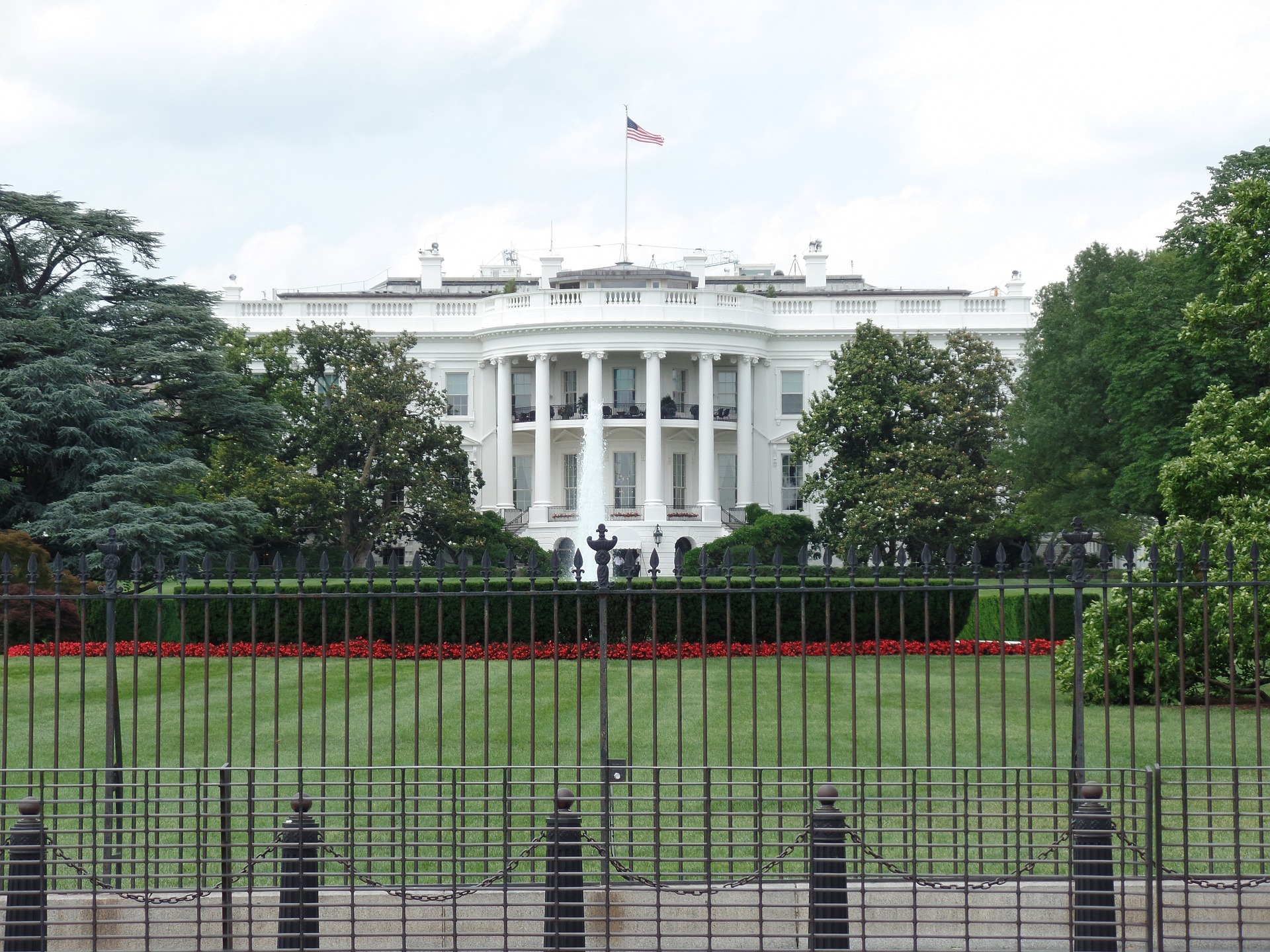by Peter Gleick and Cora Kammeyer
Earlier today, President Biden announced the first components of his proposed $2 trillion national infrastructure plan to rebuild failing, aging, and outdated water, energy, transportation, and communications systems. While the current information provides only the broadest outlines of his proposals, and the details will have to be worked out in specific legislation to be debated in Congress, it is clearly the most ambitious plan to have been put forward in many years.
One key component, and the one of particular interest to the community the Pacific Institute works with, is the set of proposals focused on U.S. water problems. In September 2020, the Pacific Institute released a set of water-related recommendations for the new administration.
Among the most important of these recommendations are the need to deliver clean, affordable drinking water to everyone in the U.S., with a focus on removing 100% of remaining lead pipes and service lines; implementing new standards to protect drinking water from currently unregulated pollutants; preparing for the increasingly dangerous consequences of extreme weather and climate disasters; and improving access to safe water in underserved communities, including on Tribal lands.
The Biden Plan addresses several of the priorities laid out in the Pacific Institute’s set of recommendations. The Plan dedicates $111 billion to water infrastructure investments, and includes specific actions on water as detailed below:
- Calls for the elimination of all lead pipes and service lines and requests $45 billion for this purpose, to be funded through the EPA’s Drinking Water State Revolving Loan Fund and grants through the Water Infrastructure Improvements for the Nation Act (WIIN).
- Provides funding to address western drought impacts with a focus on water efficiency and recycling investments, Tribal water settlements, and dam safety.
- Seeks $10 billion to monitor and remediate new drinking water contaminants (PFAS – per- and polyfluoroalkyl substances) and invest in small rural water systems.
- Requests $56 billion in grants and loans to states, Tribes, territories, and underserved communities to upgrade and modernize America’s aging drinking water, wastewater, and stormwater systems, tackle new contaminants, and support clean water infrastructure across rural America.
- Seeks investments in protection from sea-level rise, hurricanes, and severe weather events.
- Seeks investments to protect and restore nature-based infrastructure like forests, wetlands, watersheds, coasts, and oceans.
- Invests $16 billion to plug oil and gas wells that contaminate water, air, and local communities and provides jobs to restore old and abandoned mines.
Other details will certainly emerge once legislation is proposed and debated in Congress. We also note that many of our recommendations to address national water problems are not financial, but require regulatory or other actions, such as modernizing the National Flood Insurance Program, integrating climate risks into all federal water management plans, restoring and expanding access to science- and water-related expertise in federal agencies, addressing international security risks associated with water, and developing new standards to protect U.S. waters from unregulated contaminants. We look forward to seeing how the Biden Administration takes up the broader fight of solving the nation’s water challenges.


